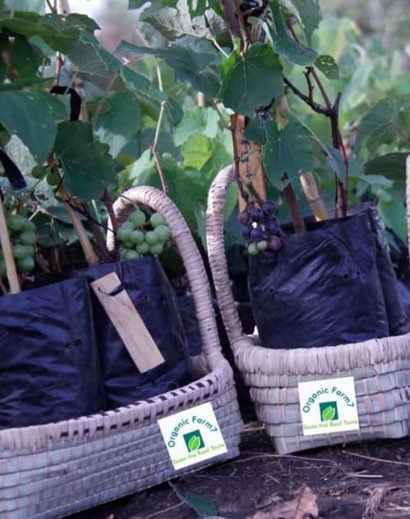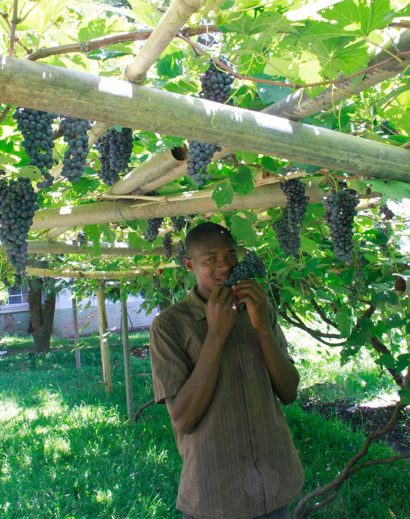Concord black grapes, like all grapevines, can be susceptible to various diseases. Proper care, including pruning, good sanitation practices, and, in some cases, the use of fungicides, can help prevent or manage these diseases. Here are some common diseases that can affect Concord black grapes:
Powdery Mildew (Uncinula necator): Powdery mildew is a widespread fungal disease that appears as a white, powdery substance on leaves, stems, and fruit. It can reduce grape quality and yield if not controlled.
Downy Mildew (Plasmopara viticola): Downy mildew is another fungal disease that affects the leaves, shoots, and clusters of grapes. It appears as yellow or brown spots on the upper side of leaves and a downy, white growth on the underside.
Black Rot (Guignardia bidwellii): Black rot causes dark, circular lesions on grape leaves and fruit. It can lead to significant fruit loss if left untreated.
Botrytis Bunch Rot (Botrytis cinerea): Also known as gray mold, botrytis bunch rot affects grapes, especially in humid conditions. It appears as a grayish, fuzzy mold on the grapes, causing them to rot and shrivel.
Phomopsis Cane and Leaf Spot (Phomopsis viticola): This disease affects the canes, leaves, and fruit of grapevines, causing reddish-brown lesions. It can weaken the vine and reduce fruit quality.
Anthracnose (Elsinoë ampelina): Anthracnose can cause lesions on grape leaves, stems, and fruit. These lesions may be brown with dark edges, and they can lead to fruit rot.
Leaf Spot (Mycosphaerella spp.): Various species of Mycosphaerella can cause leaf spot diseases on grapevines, resulting in circular to irregularly shaped lesions on leaves.
Crown Gall (Agrobacterium tumefaciens): This bacterial disease causes the formation of galls or tumors on the lower parts of grapevines, leading to stunted growth and reduced vigor.
Esca (Phaeomoniella chlamydospora and other fungi): Esca is a complex disease that affects grapevines, causing leaves to turn yellow or red. It can lead to wood decay and ultimately death of the vine.
Grapevine Leafroll Disease: Grapevine leafroll viruses can infect grapevines and result in leaves rolling downward and showing reddening. Infected vines may produce lower-quality fruit.
To manage these diseases and maintain healthy Concord black grapevines, consider the following practices:
Pruning: Proper pruning can improve air circulation and sunlight penetration, reducing the risk of disease.
Sanitation: Remove and destroy diseased plant material to prevent the spread of pathogens.
Fungicides: In severe cases, or if you have a history of disease problems, you may need to use organic or synthetic fungicides following recommended guidelines. The best organic fungicide is Aloevera/water solution.
Monitoring: Regularly inspect your grapevines for signs of disease and take appropriate action when necessary.
Consult with your local agricultural extension service or a horticulture expert for specific guidance on managing grapevine diseases in your region.
|







Reviews
There are no reviews yet.